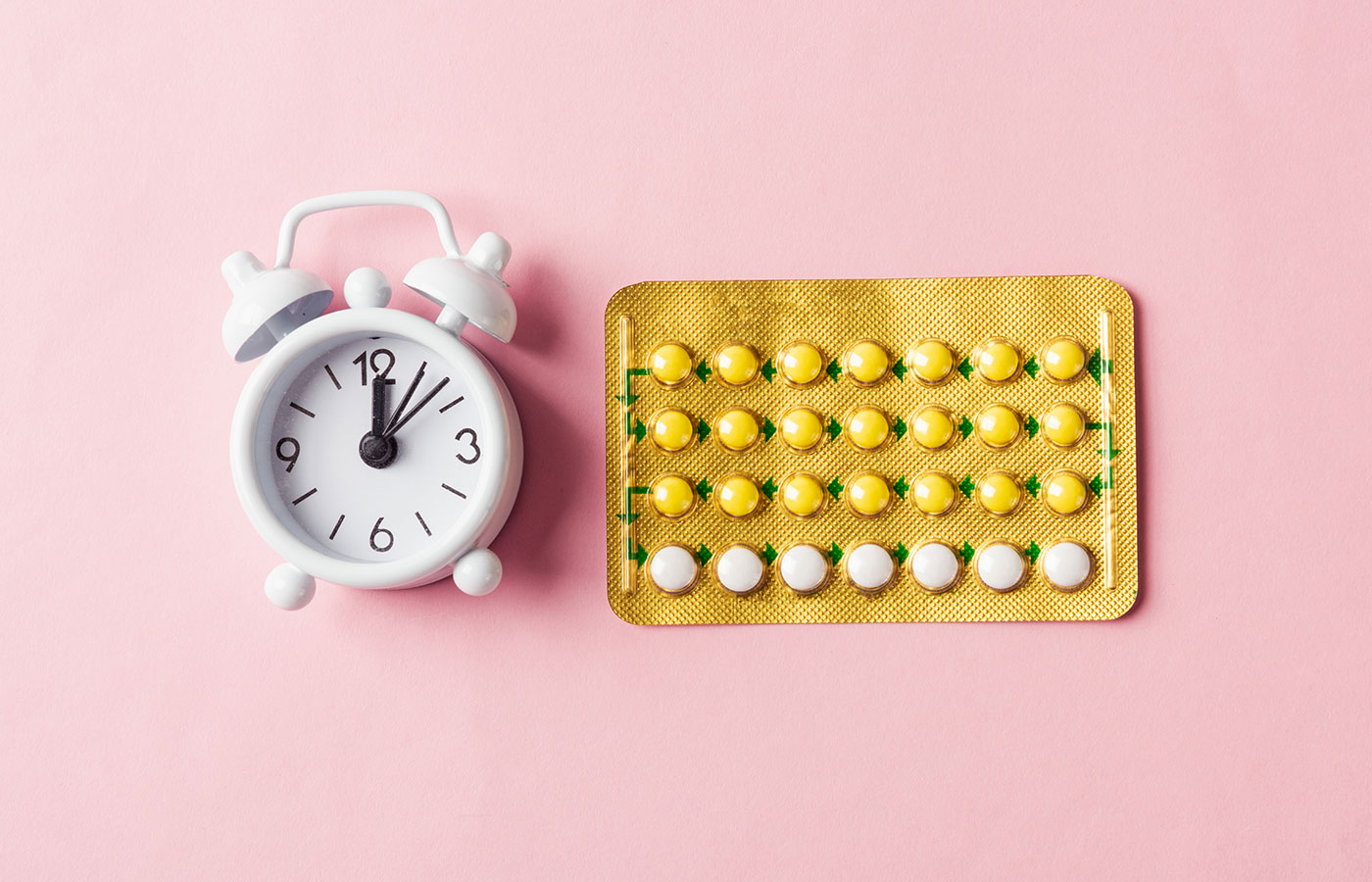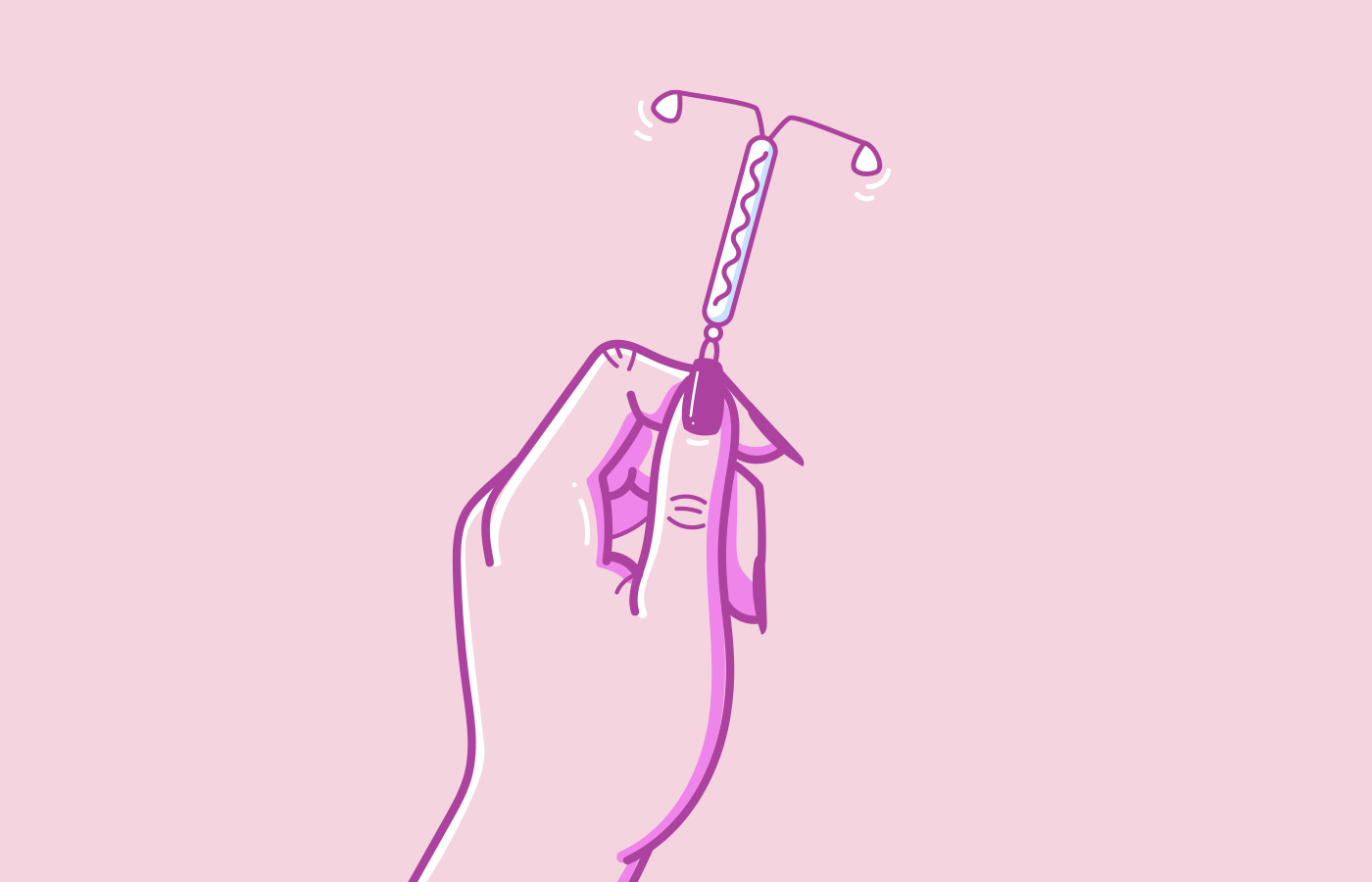The combined oral contraceptive pill (OCP), commonly known as ‘the Pill’, is one of the most well-known prescribed medications. Yet, it is something that many women don’t feel fully informed about.
Whenever I speak about sex hormones, the Pill—particularly how it works and what it does in the body—is something that I’m always asked about. And many women are surprised by what they learn. So, while I always encourage discussing any questions or concerns about the hormonal contraceptives you are using (or considering using) with your doctor, I wanted to share some general information on this topic, to help you feel more informed.
The combined OCP contains a combination of two hormones—a type of estrogen and a progestin, which is a synthetic substance similar to progesterone; some types are structurally similar to testosterone. Progestins mimic some of the effects of progesterone, but they’re not identical to the progesterone the body makes and so they aren’t identical in all of their actions.
There are numerous OCP formulations but the classic type has 21 days of active (hormone-containing) pills and 7 days of inactive (or ‘sugar’) pills. When you take the inactive pills, the withdrawal of the supply of hormones leads to a withdrawal bleed—which looks like a period but isn’t actually a menstrual period.
How it works – contraception
The main way that the OCP works to prevent pregnancy is by preventing ovulation from occurring. It also thickens the cervical mucus which helps to prevent sperm from passing through.
When the brain detects the presence of the synthetic hormones supplied by the pill, it gets the message that ovulation has already occurred and that it therefore doesn’t need to communicate with the ovaries to make this happen. When the communication between the brain and the ovaries is suppressed, this shuts down ovarian sex hormone production. Really consider that. This is how the Pill stops an egg being released each month.
Ovulation is the trigger for progesterone production so because ovulation does not occur while a woman is on the OCP, there is no progesterone being produced by the ovaries. While the Pill does contain a progestin, which has some similar effects to progesterone—such as helping to make periods lighter—it doesn’t have all of the same actions and benefits as the progesterone that our body makes. For example, you miss out on progesterone’s anti-anxiety effects.
How it works – symptom management
It would be remiss of me not to mention that the OCP is frequently prescribed for cycle symptom management rather than primarily for contraception. The Pill can suppress cycle-related symptoms because it essentially takes your own sex hormones offline and takes over the job itself. So, it’s important to be aware that the Pill cannot regulate your menstrual cycle or balance your own sex hormones. For many women it suppresses their symptoms and provides regular withdrawal bleeds (which look like periods) while they are taking it, but their symptoms tend to return once they cease it, if they haven’t addressed the underlying problems or imbalances contributing to these.
Please know that I am not suggesting that the Pill should never be taken for this reason. While I do encourage getting to the heart of any health challenge you experience and exploring the lifestyle-based strategies that can be incredibly effective for improving and in many cases resolving cycle-related symptoms, there are instances where the OCP might be the right choice for an individual who is suffering with debilitating symptoms and whose quality of life is greatly impacted by these – while they concomitantly work on what is creating the suffering. The other instance when the OCP can be a helpful option is when the prevention of pregnancy is crucial and those having intercourse are not able to take responsibility for this in other ways. More often than not, there are things that can be done from a dietary and lifestyle perspective to support the body’s own sex hormone balance and ultimately improve/resolve cycle-related symptoms and quality of life. Addressing any underlying issues sooner rather than later can also support other aspects of our health and it means we won’t have to deal with them further down the track when they may have become more complex with time.
It’s also important to mention that for some women, the OCP can actually cause some side effects and symptoms. So, if you choose to use the OCP, the most important thing is to listen to your body and how YOU feel. Each woman can respond differently—some feel great, yet others experience challenging symptoms and find that their body doesn’t respond well to it. Be sure to observe how you feel and whether there are any changes (positive or negative) in your physical symptoms and your mental and emotional wellbeing if or when you make any changes to your use of hormonal contraceptives, such as the OCP.
Some other things to consider
The OCP is known to deplete a number of nutrients so it’s important to be consuming a variety of nutrient-rich whole foods, and particularly getting enough zinc, magnesium, selenium, vitamin C, E and B vitamins. Remember too, that regardless of whether our body is making our sex hormones or these are being supplied by a medication, the liver is still primarily responsible for changing estrogen so that it can be eliminated once it has done its job in the body. So, it’s incredibly important to continue supporting the liver with nourishing food and drink choices.
Some women (not all) experience an exacerbation of acne in the months after coming off the Pill as their hormones and body readjust to moving from relying on synthetic hormones back to the body’s innate production. Zinc is an important nutrient for both the skin and sex hormone balance and the OCP can deplete this, so it can be wise to ensure you are getting enough zinc. In my experience, supplementation is often necessary across this transition to help alleviate symptoms.
Lastly, because the OCP shuts down the communication between the brain and the ovaries, for some individuals it takes time for these communication pathways to become robust again after ceasing the Pill—meaning it may take some time for your natural menstrual cycle to become regular again. For some, this depends on how close to the onset of menstruation (menarche) they were when they first went on the OCP as, if the communication pathways between the brain and the ovaries were not well established—which can take up to five years from menarche—it can take time for that to occur after coming off the Pill. Allowing yourself time to re-establish regular ovulation and to replenish nutrient stores is something to be mindful of, even more so if you are planning to come off the Pill with the view to conceiving in the future. If your period doesn’t return within three months of ceasing the OCP, it’s best to check in with your doctor. If there is nothing wrong and you are told it will just take more time, you might like to consider exploring herbal medicine under the guidance of a qualified practitioner, as there are numerous herbs that can help foster good communication between the brain and ovaries, such as chaste tree or the well-studied combination of licorice and paeonia.
Please note: This information is for educational purposes only and is not a substitute for professional advice. Always discuss the use of hormonal contraceptives with your medical doctor for individualised advice and always read the label and information provided with any medication you are prescribed.



